Rainbow in a Jar
What is density?
Density is mass per unit volume, but what does that mean? All matter is made up of tiny things called molecules. The more molecules and the closer together the molecules are, the higher the density. Think about marbles in a cup, 10 marbles in a cup will be closer together and heavier than 3 marbles in the same size cup. Now imagine this… If you were to drop a bowling ball into a pool, the ball would sink quickly to the very bottom. The ball is denser than the water. If you were to drop a piece of paper into a pool, the paper would float on top of the water. This is because the paper is less dense (has fewer molecules) than the water.
The Experiment
Create a rainbow in a jar experimenting with different densities of liquids. Tip the clear jar slightly and pour the liquids so that they run down the side of that jar. This will help keep the liquids from combining. It also may help to wait for 1-2 minutes between pouring the liquids to allow time for them to set.
Materials
Clear jar or cup

Food coloring: red, blue, and green
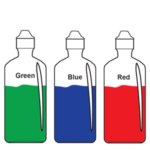
1/4 cup honey
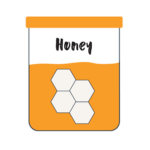
1/4 cup blue dish soap

1/4 cup of water
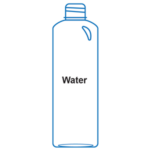
1/4 cup olive oil
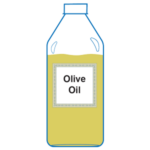
1/4 cup rubbing alcohol
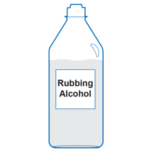
STEP 1
Mix the red and blue food coloring with the honey in a bowl, making a purple substance. Pour the purple mixture into the clear jar or cup.
STEP 2
Tip the jar slightly and pour the blue dish soap into the clear jar.
STEP 3
In another bowl or cup, combine green food coloring and water. Tip your rainbow jar or cup slightly and pour it in the green mixture.
STEP 4
Tip the rainbow jar again and pour the olive oil so that it runs down the side of the jar.
STEP 5
In another bowl or cup, combine the rubbing alcohol and red food coloring. Tip the jar and pour in this mixture.
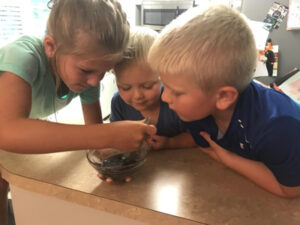
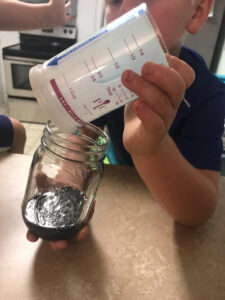
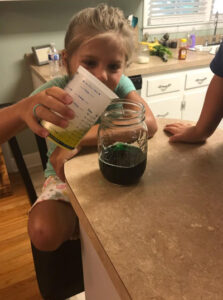
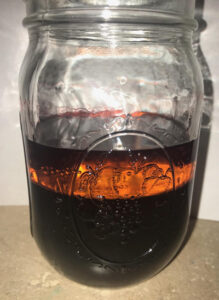
Dinner Talk
- Which liquid stayed at the very bottom of the jar? What does this mean?
- Which liquid remained at the very top? What does this mean?
- List the colors from most dense to the least dense.
- After observing the rainbow liquids, shake the jar. What happens? Wait a couple of hours and observe the jar again.
Extra Enrichment
- Try this: Pour water in a clear cup so that it is ¾ of the way full. Then pour in cooking oil to the top of the cup. Which liquid is denser? The water or the oil? Next, drop some food coloring into the cup. What happens to the food coloring in the oil? What about when it sinks into the water? What does this say about the food coloring’s density?
This Grab and Go is brought to you by
This work is supported by the CYFAR grant no. 2017-46100-27224, from the U.S. Department of Agriculture, National Institute of Food and Agriculture. Any opinions, findings, conclusions, or recommendations expressed in this publication are those of the author(s) and should not be construed to represent any official USDA or U.S. Government determination or policy.



